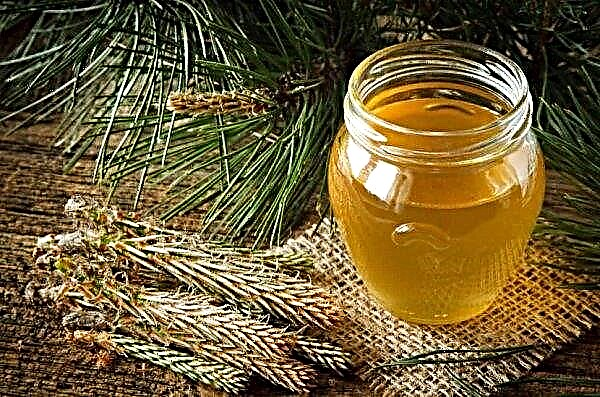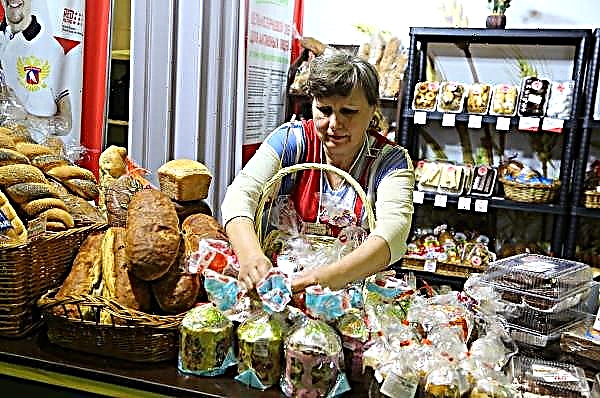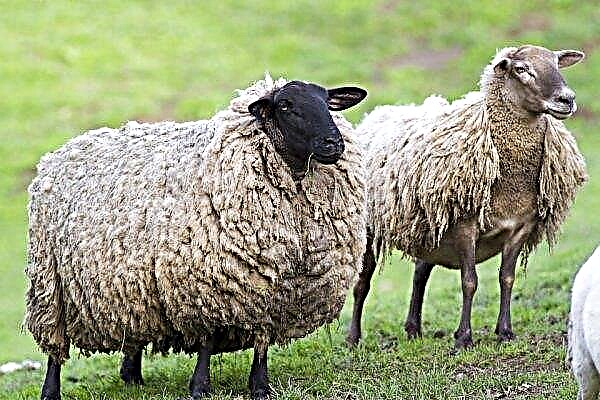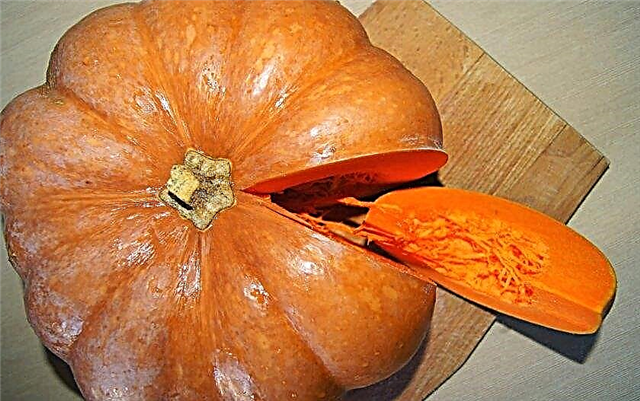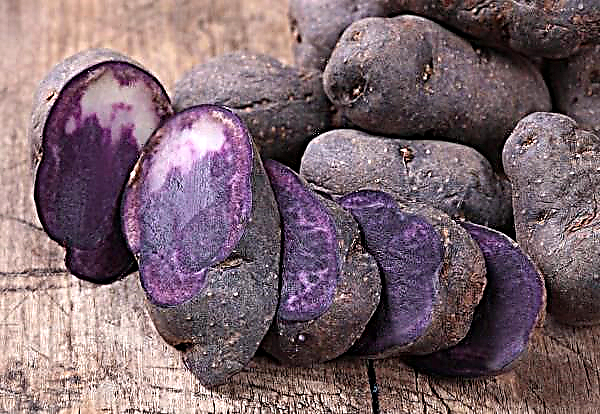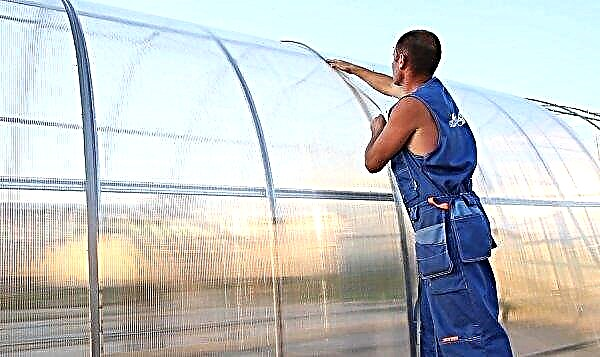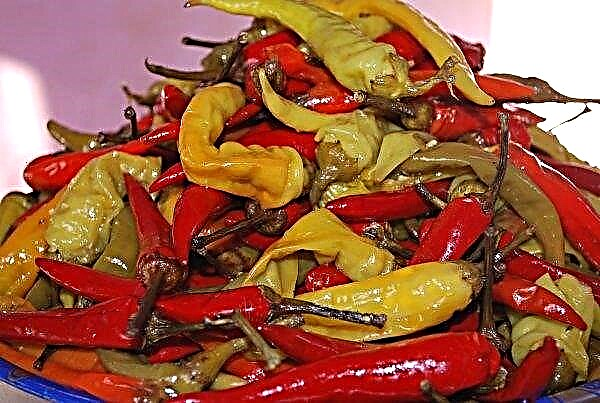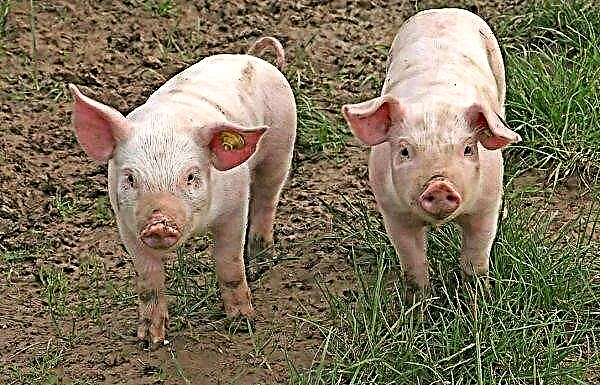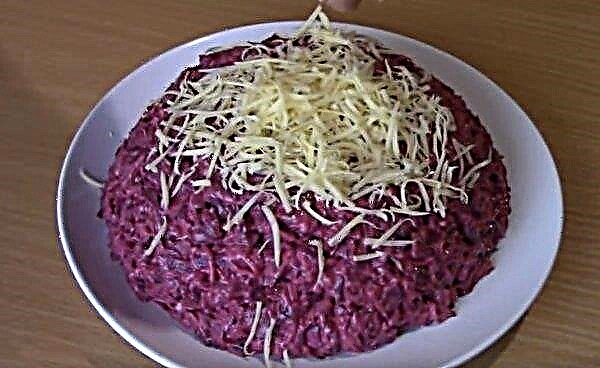Boletus and cap boletus are leading in popularity among fans of quiet hunting. They belong to the first category of edibility, are widespread in our forests, tasty and versatile in cooking. How they are similar, and what are the differences between these mushrooms, this article will tell.
What do boletus and boletus boletus look like?
Poderebovik is a species of edible mushrooms of the Boletovy family. The hat grows up to 15 cm in diameter and can vary in color from white-gray to dark brown. The shape at the beginning of growth is hemispherical, in the process the hat becomes like a pillow and has a thin felt surface. In rainy weather, it becomes mucous. The flesh of a white berry or pink shade, with a pleasant mushroom aroma and taste. In adult specimens, it becomes watery and spongy.
The mushroom has a leg about 15 cm long and up to 3 cm thick. It has the shape of a cylinder, expanded at the bottom and thinner near the cap. Color - light gray, the surface is covered with dark longitudinal scales. In adult fruiting bodies, it becomes stiff, and the fibers become stiff. The bottom layer of the hat is initially white, and with age it becomes dark gray. Long, sometimes combined tubes, easily detach from the cap. Spore powder has a brown-olive hue.
Did you know? For the first boletus, you need to go to the forest when the mountain ash blooms.
Boletus is an edible species of fungi of the genus Obabok. The hat of young fruiting bodies is similar in shape to a thimble worn on a finger. As it grows, it takes the form of a pillow with a velvety surface, and in more mature mushrooms it becomes flat. The colors of the hat are bright: orange, red, brown. Its diameter reaches 20 cm (rarely - 30 cm). The mushroom pulp is white, has a dense consistency. The difference of the boletus is that when broken, its flesh turns blue, gradually becoming black.
The cylindrical leg has a length of 15–20 cm and a thickness of about 5 cm. Below it is thinner and greener, while the main part is white. She goes deep into the earth. The surface is velvety to the touch, with longitudinal, fibrous scales of brown color.
Comparative characteristics
Often young boletus and boletus confuse even experienced mushroom pickers. They not only belong to the same genus Leccinum, but also look about the same. Differences appear during growth. Confusion is not dangerous, because both fungi belong to the category of edible.
The table will help you remember the differences between them:
| Boletus | Birch | |
| Hat | Dull, gray or brown | Bright red or orange |
| Leg | Long, wide, narrowed at the top | Equally sturdy and massive |
| Pulp | Dense consistency, the hat is soaking in water | More dense, does not soak |
| Slice | The pulp is white or pink | The pulp is white, turns blue when cut |
These mushrooms have the same ripening period: it begins with the advent of summer and lasts until the end of autumn. Boletus fruit in three stages. The first occurs in June - July, then a few weeks in the middle of summer, but the longest last stage, which begins in late August and lasts until the onset of cold weather. A characteristic feature of birch trees is irregular fruiting. There are seasons when the yield is very high, followed by a period of rest.
A characteristic feature of birch trees is irregular fruiting. There are seasons when the yield is very high, followed by a period of rest.
Places of distribution
The birch tree grows in light mixed and deciduous forests, less often in spruce forests, forming mycorrhiza with birch roots (hence the name). You need to look for them in open glades with good access to sunlight and at the edges of the forest. They grow in Eurasia, forests of South and North America, as well as in the tundra under dwarf birches.
Boletus prefers moist shady places in mixed and deciduous forests. It can form mycorrhiza with many trees: aspen, birch, oak, poplar, spruce, etc. You need to look for them in lowlands, thickets of grass, blueberries, ferns, in moss or near a forest road.
Similar mushrooms
Boletus and cap boletus are different. The following is a brief description of the main subspecies.Red-headed boletus is one of the varieties belonging to the genus Obabok.
Did you know? During the day, the boletus grows by about 3 cm.
It differs in such signs:
- The hat in diameter reaches 5-20 cm. In young specimens, it has the shape of a hemisphere, tightly clinging to the leg. Over time, it becomes convex, taking the form of a pillow. Separates from the leg easily. Its color depends on the place of growth and is of various red and yellow shades. The lower part of the cap (hymenophore) has a white color at the beginning of growth, and in the process of development acquires a green or yellow hue. Tubes reach 35 mm in length, they are free, easily detach from the cap, darken when pressed. The pores of the fungus are small, angular (less commonly rounded).
- The pulp is firmly fleshy, with mature fruit bodies softer. It has a pleasant mushroom aroma and a sweet taste. On the leg there are longitudinal fibers. The cut flesh is white, but quickly blackens. The spore powder is greenish or brown.
- The leg has a height of 5–20 cm and a thickness of 1.5–5 cm. It is characterized by dense pulp and longitudinal fibers, expanded below and goes deep into the ground.

The hornbeam also belongs to the genus Obabok and resembles the appearance of an ordinary shag.
It has such external characteristics:
- The hat in diameter reaches 6–20 cm. In young mushrooms, it has the shape of a hemisphere with curved edges, and then becomes pillow-shaped, with an uneven, velvety, wrinkled surface. The hornbeam peel is dry, in wet weather - glossy. She does not act in film, dries out over time, while exposing the edges of the hat. The gimenofor has deep notches of white or light gray color. The tubes are slightly watery, soft (about 30 mm long). The hornbeam has very small rounded pores.
- Pulp - light gray, thick, fleshy, like cotton wool. In the leg it is very dense, gray or yellow. On the cut - pink or purple, quickly turns black. The taste of the pulp is slightly sweet, the aroma is delicate, mushroom. The spore powder is light brown in color.
- Leg reaches 5–16 cm in height, may be straight or slightly curved. Above it is pointed, to the bottom it thickens. The base of the hornbeam is light gray (darker towards the bottom), turns yellow with age. It is covered with white or pale yellow scales, then becomes a dark brown color with fibers.

There are also white, black, pinkish and multi-colored boletus. They are similar in appearance and differ only in the color of the cap, as well as mycorrhiza. Scientists also distinguish white, yellow-brown, multi-colored and pine forest boletus.
Taste and use in cooking
Boletus in taste is second only to the king of the forest - porcini mushroom. Their pulp is denser than that of boletus and less juicy. They have a great rich mushroom flavor and aroma. The foot of mature fruit bodies becomes too hard, so it is less often used for cooking. The first dishes of boletus are not often prepared, since the broth is painted in blue and black. Basically, they are fried, pickled, salted and dried, and for pickling it is better to use younger copies, and mature it is optimal to dry or fry.
The pulp of the boletus is spoiled quickly, so it is better to collect young fruiting bodies. They are also rarely used for making soups due to darkening during heat treatment. It is recommended to cook boletus with other types of mushrooms, as their taste is not very pronounced. This type can be fried, pickled, dried, salted. From birch bark, you get a great filling for baking, pancakes, dumplings, etc.
Important!To reduce the darkening of the pulp during cooking, mushrooms should be soaked for 20-30 minutes in a solution of vinegar (1 part vinegar and 5 parts water).
Benefit and possible harm
Boletus and boletus, like other mushrooms, are 90% water. Also included are proteins, fiber, carbohydrates, minerals and fats.
- Including mushrooms in your diet, a person receives the following benefits:
- cleansing the body of toxins;
- improving the central nervous system;
- reduction of kidney problems;
- normalization of blood sugar.
Mushrooms are also useful for the skin and mucous membranes of the body, help in treating problems of the musculoskeletal system.By the content of amino acids, mushrooms are equated with meat, only they are less caloric and worse absorbed. 
To get the maximum benefit from the use of mushrooms, you need to follow the cooking technology: it is good to grind, boil and fry the fruit bodies.You can not eat them for allergy sufferers, elderly people, patients with gastrointestinal tract and liver diseases.
Important!The children's body is formed gradually, so you should not give mushrooms to babies up to three years. There will be no benefit from this, and an extra load on the digestive organs of the child is useless.


